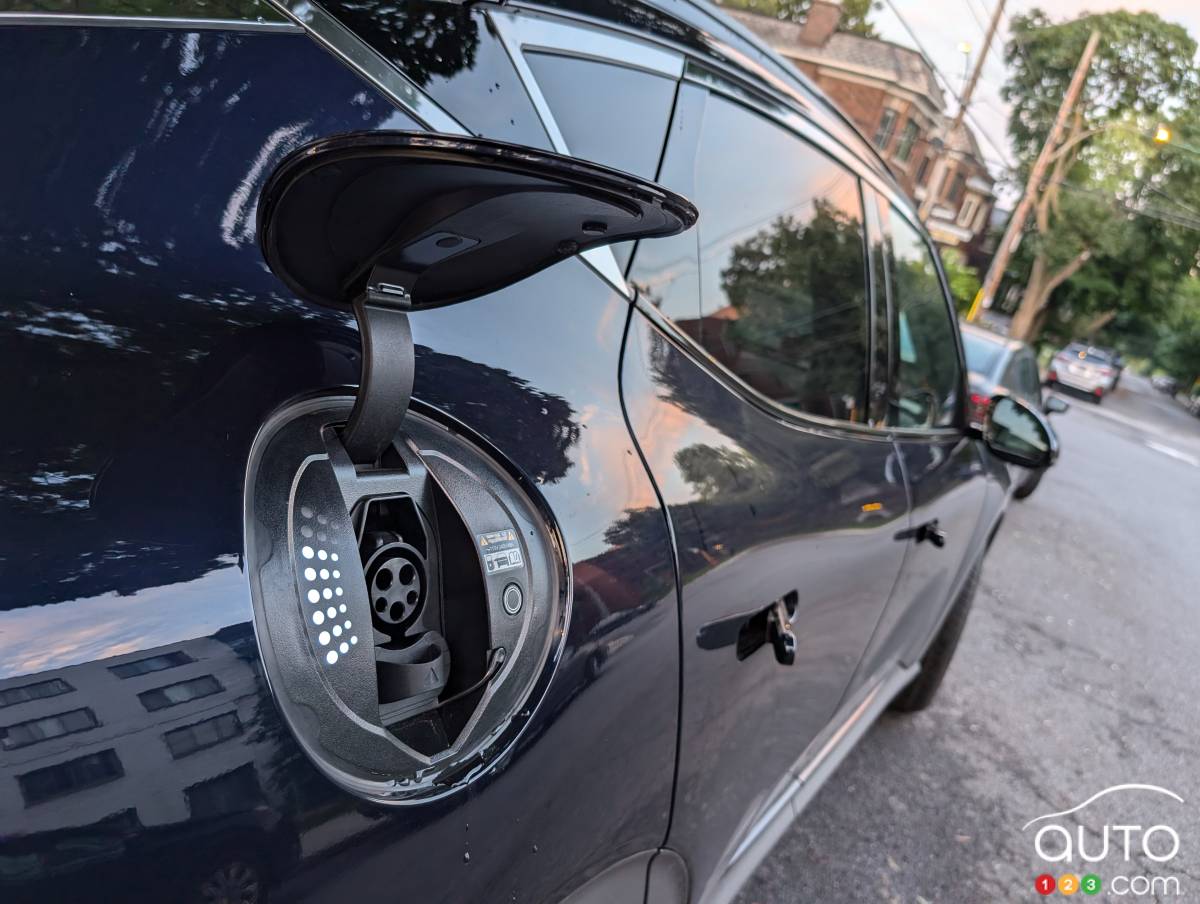AAA records lowest EV interest since 2019
Buyers continue to hesitate to consider an EV as their next vehicle, and at the lowest rate recorded since 2019, according to AAA’s latest survey.
Only 16% of U.S. adults report being “very likely” or “likely” to purchase a fully electric vehicle as their next car, according to the survey fielded in March.
The percentage of consumers who said they’d be “unlikely” or “very unlikely” to purchase an EV also rose from 51% to 63%, the highest since 2022.
“Since we began tracking interest in fully electric vehicles, we’ve seen some variability,” said Greg Brannon, AAA’s director of automotive engineering, in a press release. “While the automotive industry is committed to long-term electrification and providing a diverse range of models, underlying consumer hesitation remains.”
High battery repair costs (62%) and purchase price (59%) are cited as key barriers to going fully electric.
Other top concerns identified in this year’s survey were:
Thirty-one percent of those undecided or unlikely to buy an EV have safety concerns. Twenty-seven percent reported challenges installing charging stations at their homes, and 12% cited the potential reduction or elimination of tax credits and rebates.
According to AAA’s 2024 “Your Driving Cost” analysis, EVs had the second-highest total ownership costs due to depreciation, purchase prices, and finance charges.
In 2022, gas prices reached $5, prompting many Americans to consider transitioning to EVs. Of those AAA surveyed that year, 77% cited gas savings as their top motivation to purchase.
Now, the national average for a gallon of regular gas ranges from $3-$3.50, higher in some states, according to AAA.
This year, the primary reasons for buying EVs were similar: gas savings, environmental concerns, and anticipated lower maintenance costs of EVs.
According to last year’s “Your Driving Cost” analysis, EVs had the lowest “fuel” cost of any vehicle type, based on a national average electricity price of 15.9 cents per kilowatt hour (kWh). EVs also had the lowest maintenance costs among all models.
The percentage of U.S. drivers who believe that most cars will be electric within the next 10 years has significantly declined from 40% in 2022 to 23% this year. Interest in EVs to take advantage of tax credits and rebates has also decreased, dropping from 60% of those who said last year they were likely to buy an EV to 39% this year.
“Many consumers may find hybrid or plug-in hybrid vehicles more appealing,” AAA said. “These vehicles combine the advantages of traditional internal combustion engines with electric power, reducing range anxiety while providing an environmentally friendly alternative. This combination meets today’s diverse needs and preferences for drivers, allowing them to enjoy electric driving without losing the familiarity of conventional gas-powered vehicles.”
EV purchasing was up nationwide by year-end 2024, according to the Alliance for Automotive Innovation’s “Get Connected Electric Vehicle Quarterly Report 2024 (Q4).”
EVs represented 10.9% of new light-duty vehicle sales in Q4 2024, up from 10.6% in Q3 and 10.2% in Q4 2023. Light truck sales represent 81% of the EV market, up from 80% in Q3.
There are 5.8 million EVs on the road and 194,824 publicly available charging outlets in the U.S., meaning there are 30 EVs for every public port.
During Q4, four states had EV registrations above 20%, including Colorado (26.4%), California (26.2%), Washington (21.3%), and the District of Columbia (20.3%).
Nationwide, 433,843 EVs were registered in Q4 but only 9,701 new public chargers were added — a ratio of 45 new EVs for every new public port.
For full-year 2024, EVs made up 10.2% of new light-duty vehicle sales, up from 9.5% in 2023 and 7% in 2022.
Images
Featured image credit: NanoStockk/iStock
Share This:









